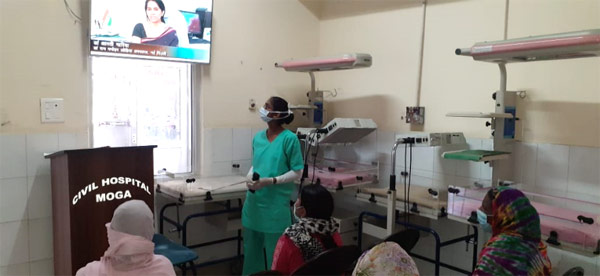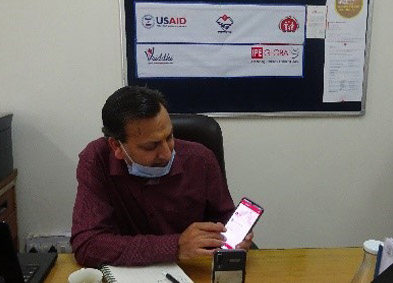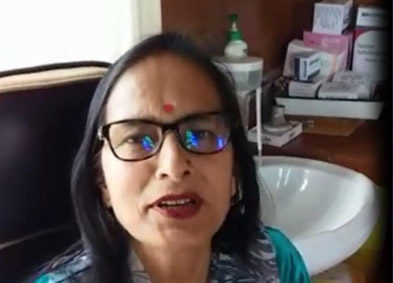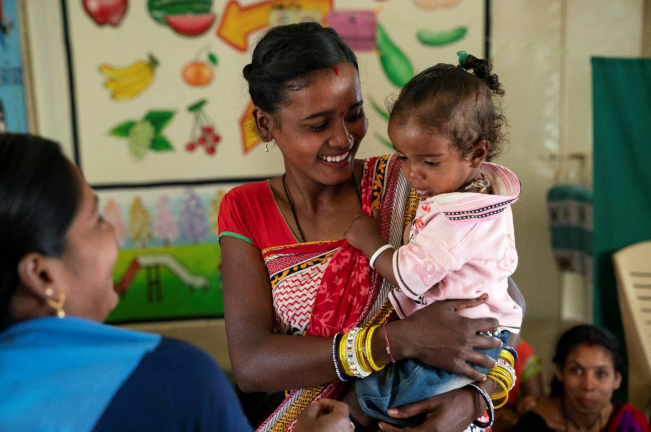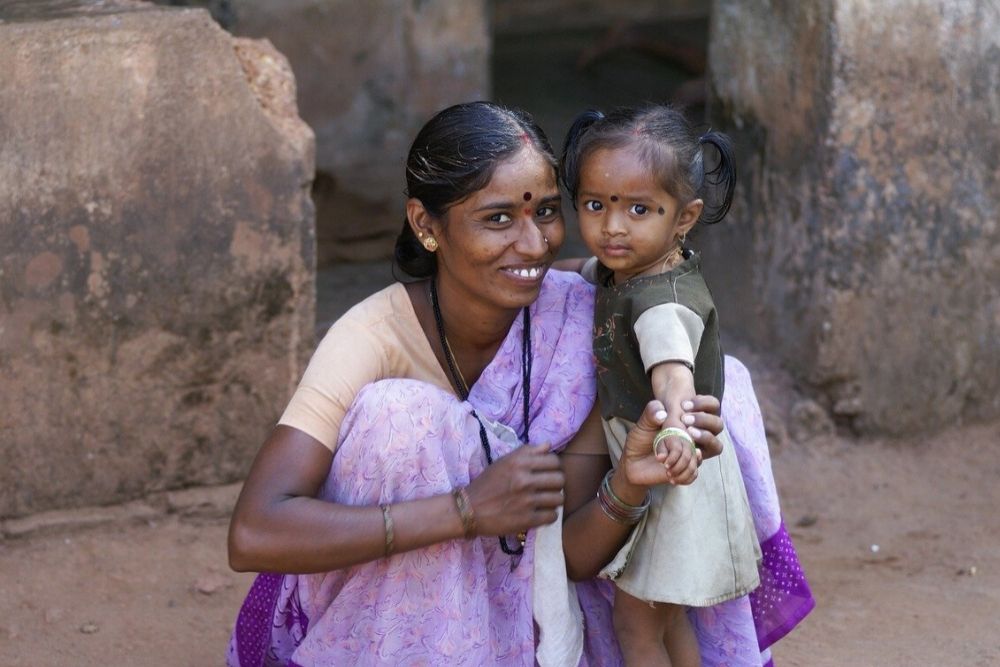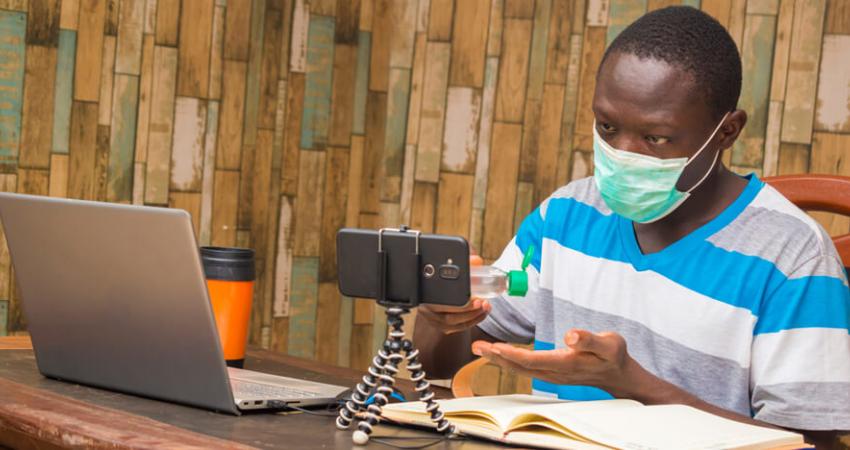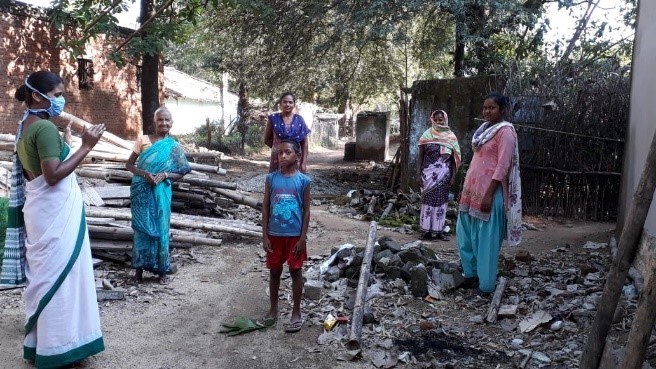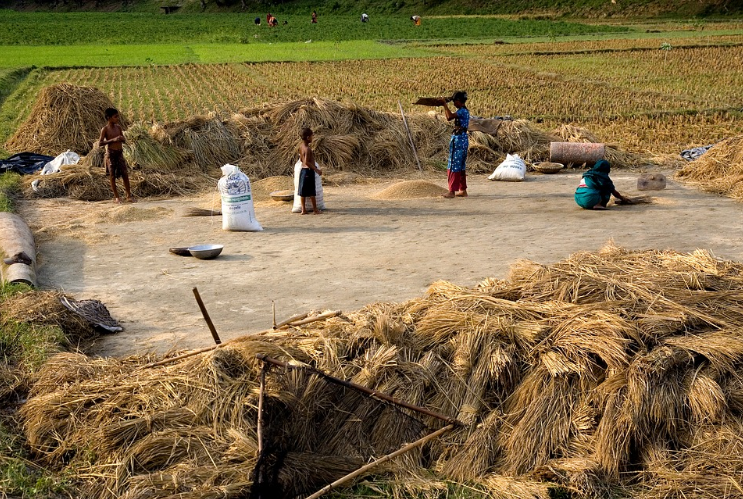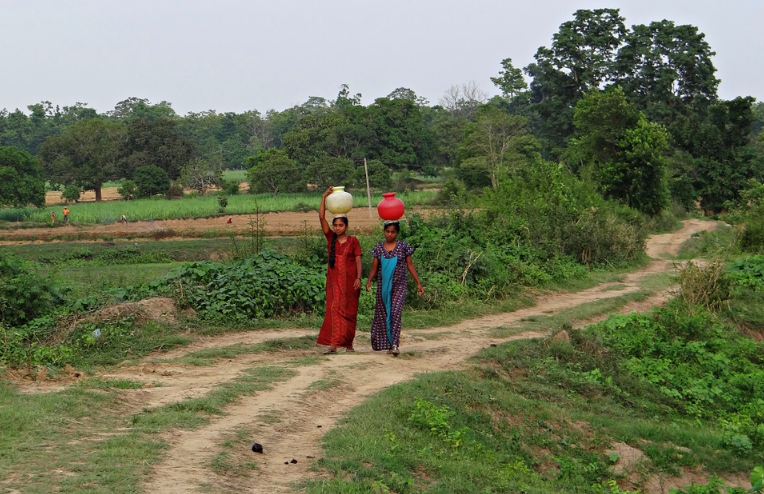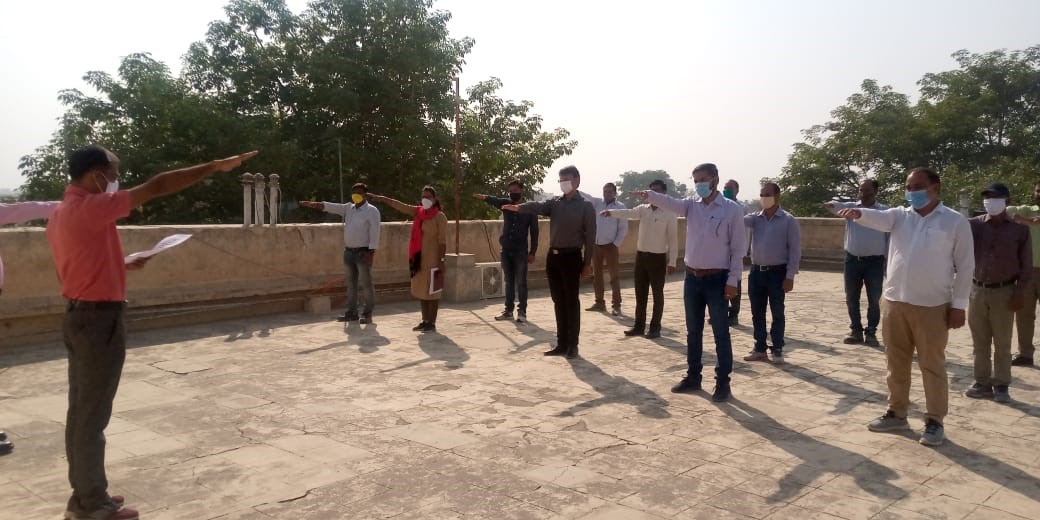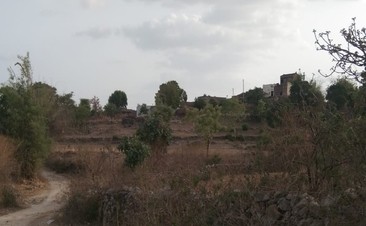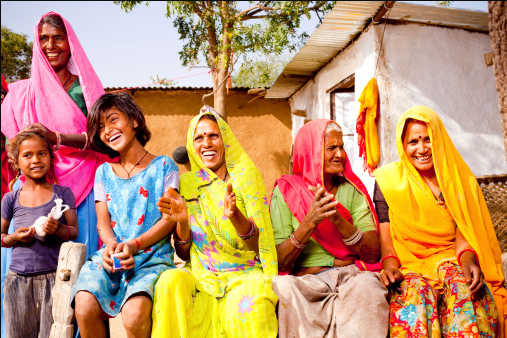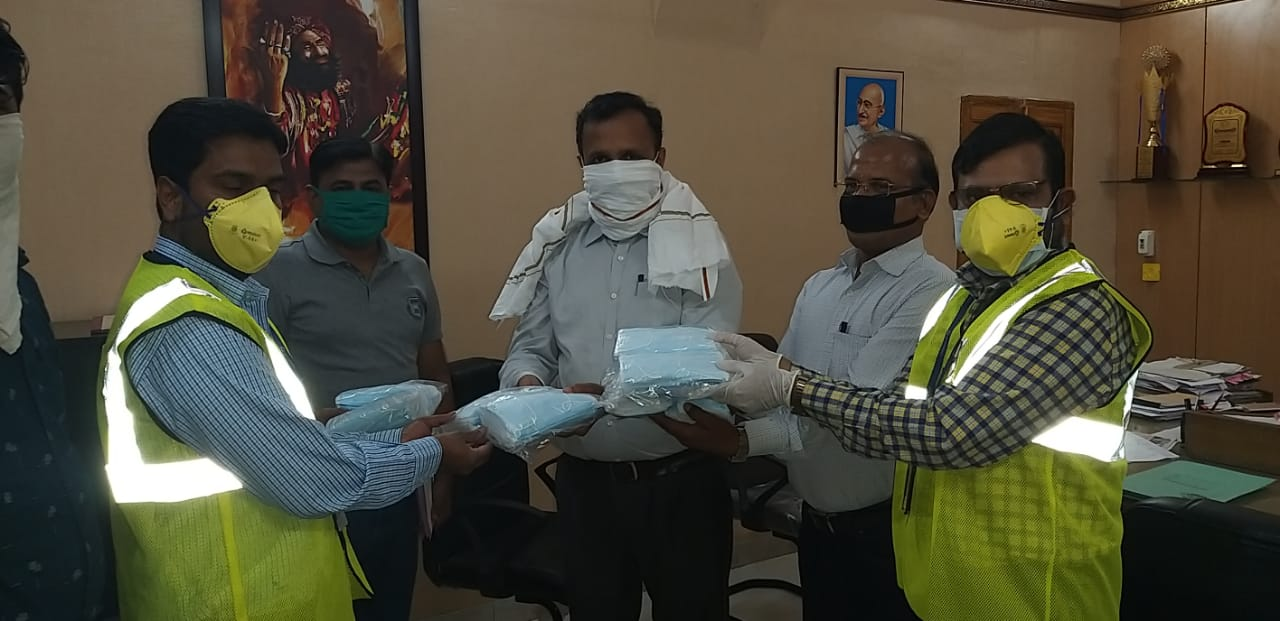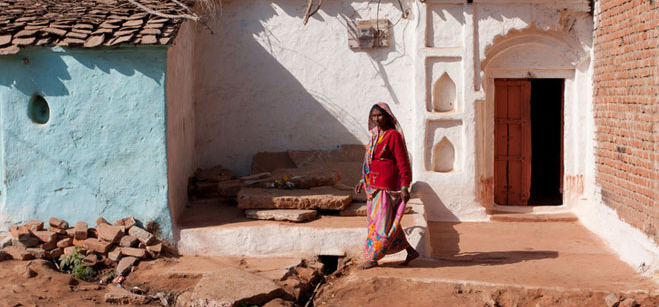– Dr. Harish Kumar, Project Director – RMNCH+A_USAID | Vriddhi
In public health, challenges posed by Covid-19 in delivering basic services are manifold. How to continue best with essential health services became an important concern. Continuation of immunization, maternal and child health services, family planning services depends on a number of actors and systems at multiple levels. Disruption in supply chain due to travel restrictions, curfew in some areas etc threw services in disarray. However, the impact is not yet known or established.
Resilience has also been one of the main strengths especially when one looks at the sub regional level. Timely issuance of national guidelines on services such as managing delivery cases, newborn care and others during this time was an important first step. Local effort in preparing the health work force to continue with service provision through standardized infection prevention protocols was important for gearing the health system toward continuing with services as well as toward meeting a potential surge in cases. In this regard, digital platform for orientation and trainings has played a major role in directing and guiding even the remotest health facilities. Synergistic efforts between development partner and local governments made this transition possible.
Impact of the Covid pandemic on meeting SDGs will need to be examined consequently. We can only talk of the states we are working in. All the health intervention within Vriddhi had been layered with Covid -19 packages including training, supplies of COVID-19 medicine, ventilators, PPE, etc. Institutional delivery in aspirational districts of Jharkhand, Odisha and Uttarakhand did not show significant decrease during the months of April, May, June compared to other months suggesting that services including delivery, C section, referrals continued. It also suggests that health care utilization was not significantly affected by the lockdown period. Data from health and wellness centers where a pneumonia management intervention is going on shows a decrease in patient flow during lockdown. It also shows healthcare workers practicing hand hygiene, social distancing and maintaining infection prevention practices. Health and Wellness Centers in remote areas were seen to be following hand hygiene, even with limited resources, and reinforcing these messages to the public, a significant public health gain in itself. To sum up, the pandemic has thrown the health system into overdrive. Collaboration and partnerships in supporting states and use of digital technology have been the catalyst in meeting the challenges as optimally as possible.





